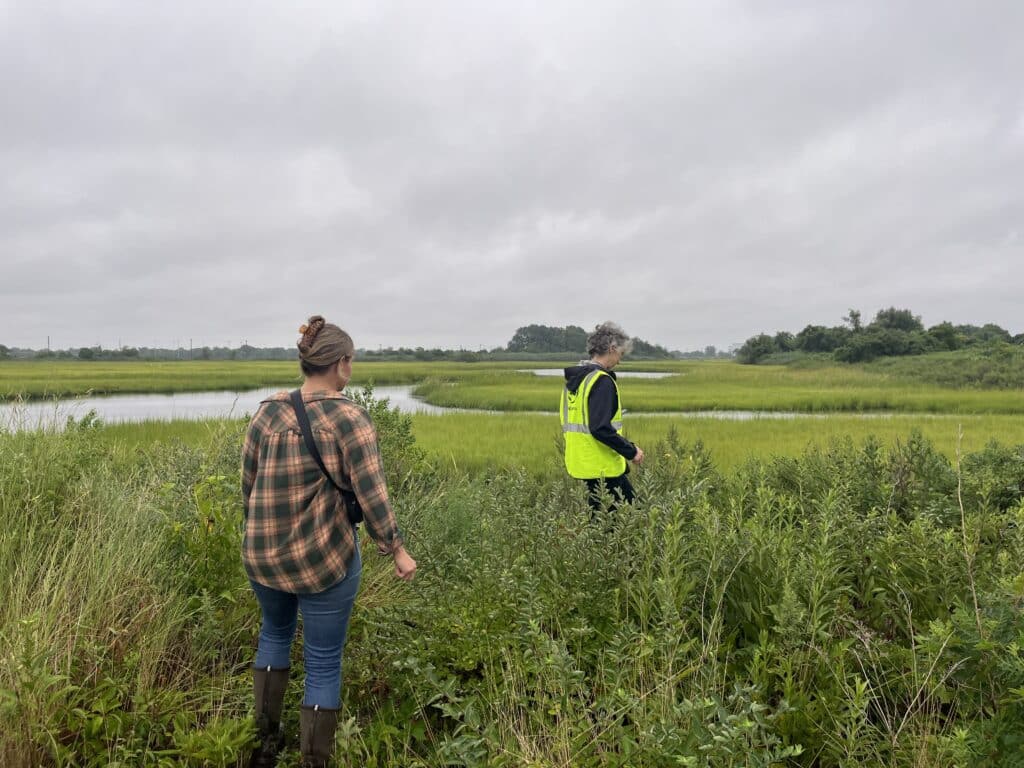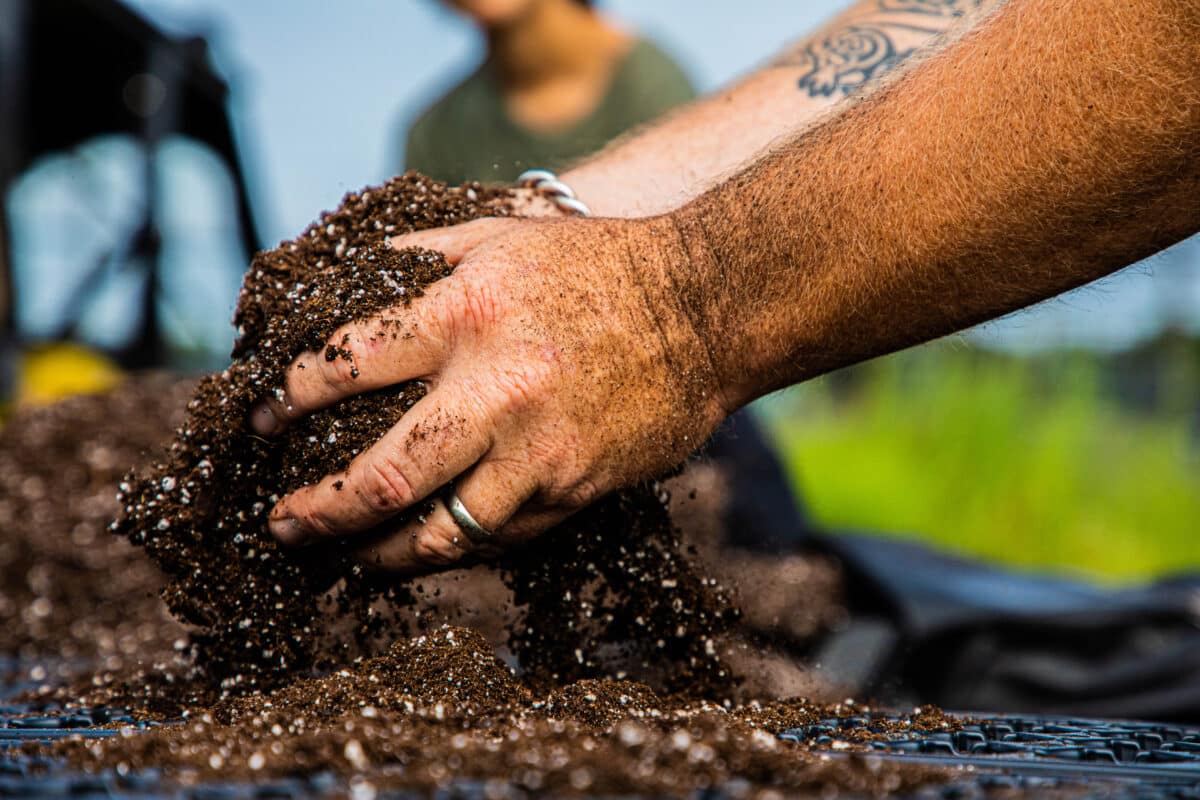Reading the Landscape: Park Profiles 2013 – 2014. Social Assessment Papers No. 2 and 3
By D.S. Novem Auyueng, Lindsay K. Campbell, Michelle L. Johnson, Nancy Falxa Sonti, Erika S. Svendsen
By D.S. Novem Auyueng, Lindsay K. Campbell, Michelle L. Johnson, Nancy Falxa Sonti, Erika S. Svendsen
These reports present a project overview and research findings from the 2013 and 2014 Social Assessment of Parks and Their Natural Areas. In these reports, we offer a conceptual and geographic introduction to the research, outline our study area, introduce research methods, present detailed findings from individual sites and the study area as a whole, and synthesize the findings from our mixed methods approach to the inquiry. The report is organized in two parts – the first is a full project summary and the second includes individual park profiles. These park profiles summarize and explain findings from each of our park locations in New York City. Data presented in each profile are from three visits to each park in summer 2013 or 2014 with three types of data collection: direct human observations, signs of prior human use, and rapid interviews. The profile format is as follows: a site map, narrative syntheses of findings, illustrative photographs, summary bar graphs and tables of quantitative observations, and tables and discussion of major themes that emerged from onsite park user interviews. Park profiles are arranged in alphabetical order by borough.
Read Report(this link opens in new window)
Urban natural areas are crucial for enhancing city livability and environmental health but are often overlooked, underfunded, and missing formal protection, which leads to loss of ecological benefits, missed opportunities for community engagement and nature access, and overall loss of natural areas. Governance structures for urban forested natur...

In New York City, tidal wetlands are a critical part of coastal resiliency and provide numerous ecological and social benefits. State and federal wetlands mitigation regulations require that development resulting in wetland impacts offset those losses through wetland creation, restoration, and enhancement – with a ...

This report presents a comprehensive overview of the challenges, benefits, and potential funding sources for urban forested natural areas in the United States. It emphasizes the critical need to diversify funding sources for these underfunded areas, which are distinct from other urban green spaces due to their size, biodiversity, and ...
